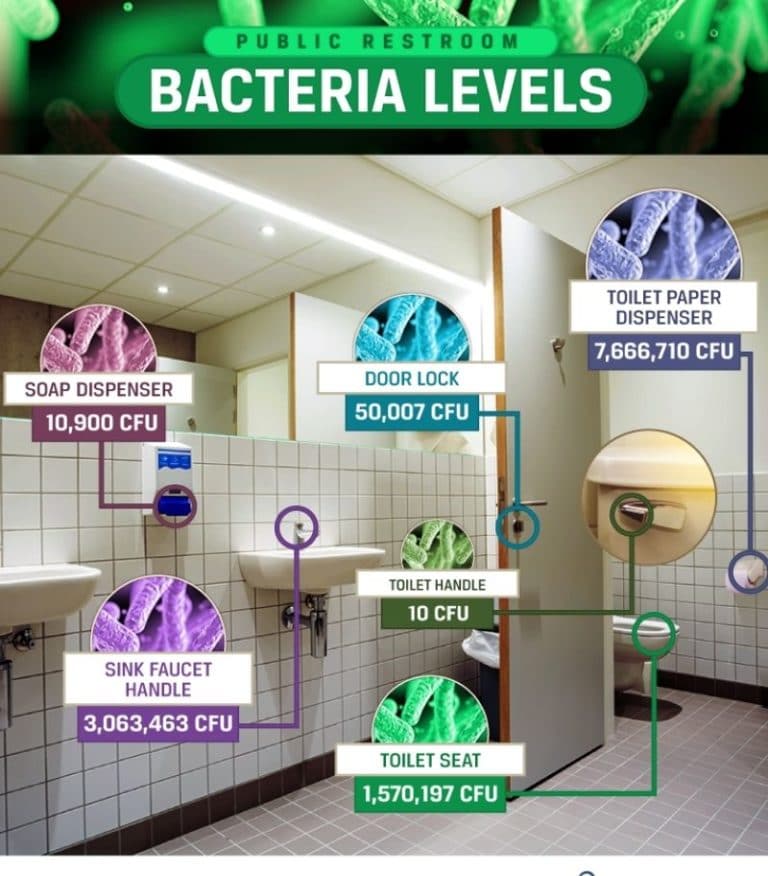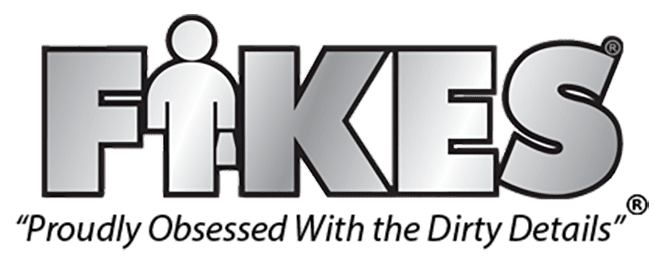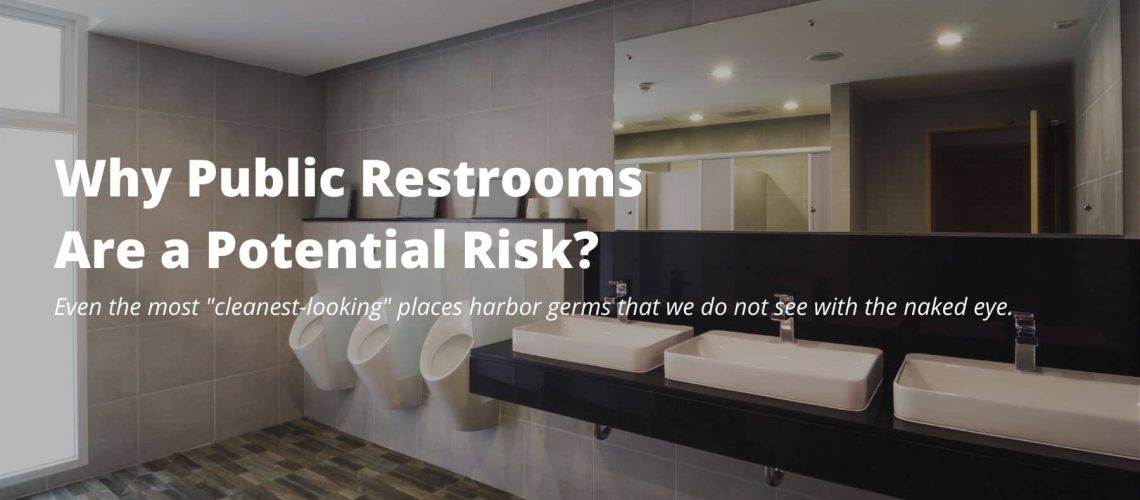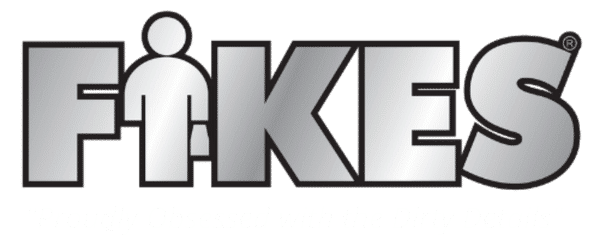Prior to 2020 and Covid-19 when we thought of concerns around commercial restrooms it was because of general cleanliness, harboring bacteria, and public perceptions. Those concerns still exist, but new risks are present in the midst of a pandemic.
Although most of commercial restrooms just take up 5% of the total available space, they contain more than 20% of the dirt in the facility. They are also accountable for 80% of the complaints arriving from the building.
New COVID 19 Risks
More Than Cleaning - Bad Impression on Guests
None of the businesses want their guests to leave the premises carrying a negative impression due to the restroom’s appearance. It is similar to the first impression of meeting a person. The impression this restroom leaves on the guest is significant. If the commercial restroom is poorly maintained, your patrons are even more likely to remember them.
Businesses strive hard to provide high-quality products and services to their patrons. If you have a smelly and dirty restroom, it may leave a first or last impression on your guest’s mind. You need to perform consistent commercial restroom deep cleaning to raise restroom sanitation, enhance customer satisfaction, and improve your building’s image.

Steps for Cleaning a Commercial Restroom
1. Protect yourself well and block the entry to the restroom
Always begin by using proper personal protective equipment or PPE. Putting on gloves is essential when you undertake any commercial restroom cleaning procedure. In case you are working with vertical surfaces like mirrors or shower walls or using some spray for cleaning, you may wish to wear goggles to avoid receiving the splash back. Announce the fact that you are about to clean the commercial restroom by knocking on the restroom door. Check if any guests are using the restroom and ensure that there is no one inside the restroom before beginning. After you have ensured that there is no one left in the room, block its entry by placing “wet floor” and “restroom cleaning in progress” signs outside the door. Inspect the restroom for damages, especially in the heavily soiled areas to decide the amount of time you might have to spend on cleaning them.
2. Pre-clean the urinals and toilets
Remove all the debris from inside and around the urinals and toilets. Place all the urinal strainers within a basket containing disinfecting solution. Flush this toilet to ensure that it is clear and is in working order. Get rid of all the visible soils by using a multi-purpose cleaner. Pre-clean the toilet’s exterior and let it stand there for a recommended period called the wet dwell time. Keep in mind that toilets are the largest pain points of any dirty commercial restrooms.
3. Cleaning and disinfecting
As we mentioned, you have to pay particular attention to all the high-touch point areas such as urinals, toilets, sinks, door handles, and dispensers. Apply an EPA-registered disinfectant to all those surfaces to kill bacteria and germs. Allow the solution to sit on the surface to be cleaned for the recommended time. Keep in mind that cleaning and disinfecting are two varying methods and both need to be completed for the effective removal of germs. Use a bowl brush for forcing water over the trap and remove it. Apply the bowl cleaner within the toilet bowl and allow it to dwell as recommended. If toilet maintenance was not performed for a while, the bowl cleaner might have to dwell for a longer period.
4. Dust, Empty the trash, and refill the dispensers
Dust above all the flooring surfaces working from top to bottom. After dusting, sweep or mop the floors. Check the available supplies within paper towel dispensers and other dispensers and refill them as required. Empty all the trash and apply disinfectant from within the receptacle.
5. Wash all the stalls and walls
You need to spot clean all the stalls and walls of the bathroom for removing the soiling. While using a product for disinfection, remember to check the recommended wet dwell time. Dry the metal surfaces disinfected and apply glass cleaner or metal polish on the metal fixtures. Wipe it clean to avoid the polish buildup. You can even use glass cleaners for polishing the metal surfaces without any buildups.
6. Final disinfection steps
Double-check everything to ensure that you have disinfected all the toilets, dispensers, sinks, and other touchpoints that you might have missed. The final commercial restroom disinfection steps are:
- Cleaning floor drains.
- Use a microfiber cloth to wipe all the surfaces.
- Mop the restroom surface to ensure that all the loose soil and dirt are removed.
- Return all the material, equipment, and supplies to their respective storage areas.
Keep In Mind
Keep in mind that the presence of constant humidity and moisture in the commercial restrooms is a perfect environment for the growth of mold and its spread. You can get the right equipment required for commercial restroom deep cleaning from the internet. Although it may appear like a big investment, you can think about installing automated fixtures such as soap dispensers and motion-sensing lights as they can lead to a saving in costs for restroom sanitation.
Final Thoughts
Now that you are familiar with all the requisite steps necessary to make sure that you achieve complete commercial restroom cleaning, you must be ready to keep this crucial area of your facility completely clean, free from germ buildup, bacteria buildup, and dirt. Follow this procedure regularly and turn it into a restroom cleaning regimen for maintaining your commercial restroom sanitized and spotless. Especially, during COVID-19. If you can consistently follow all the steps mentioned above, you will get a more hygienic, better-appearing restroom that will lead to increased guest satisfaction.



